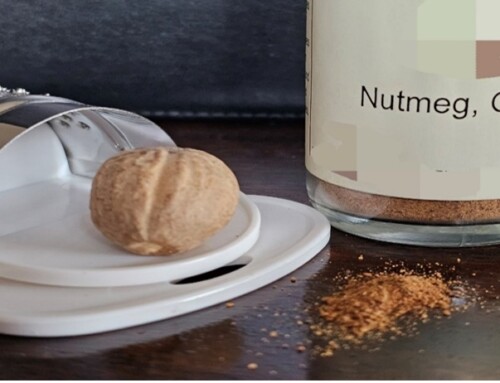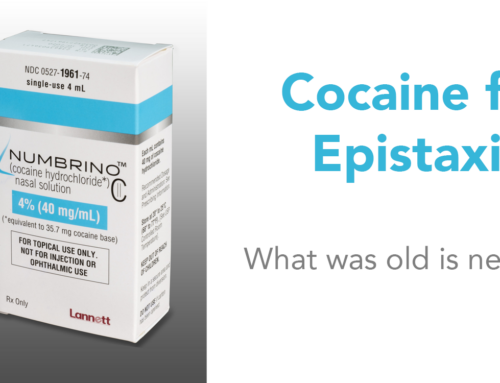
What could cause this finding three days after ingestion of a concentrated household substance?
- Duodenal ulcer
- Gastric perforation
- Necrotizing enterocolitis
- Post-corrosive acute pancreatitis
References
- Rahbour G, Ullah MR, Yassin N, Thomas, GP. Cullen’s sign – Case report with a review of the literature. International Journal of Surgery Case Reports. 2012;3(5):143–146. PMID: 22365919.
- Nijhawan S, Jain P. Acute pancreatitis as an unusual complication of corrosive ingestion. Journal of Gastrointestinal and Liver Diseases: JGLD. 2007;16(3):345-346. PMID: 17925933.
- Cattan P, Munoz-Bongrand N, Berney T, Halimi B, Sarfati E, Celerier M. Extensive abdominal surgery after caustic ingestion. Ann Surg. 2000;231(4):519-23. PMID: 10749612.
- Temiz A, Oguzkurt P, Ezer SS, Ince E, Hicsonmez A. (2012). Predictability of outcome of caustic ingestion by esophagogastroduodenoscopy in children. World journal of gastroenterology: WJG. 2012;18(10):1098. PMID: 22416185.
- Lamireau T, Rebouissoux L, Denis D, Lancelin F, Vergnes P, Fayon M. Accidental caustic ingestion in children: is endoscopy always mandatory? J Pediatr Gastroenterol Nutr. 2001;33:81–84. PMID: 11479413.
- Kay M, Wyllie R. Caustic ingestions and the role of endoscopy. J Pediatr Gastroenterol Nutr. 2001;32:8–10. PMID: 11176317.
- Temiz A, Oguzkurt P, Ezer SS, Ince E, Hicsonmez A. (2010). Long-term management of corrosive esophageal stricture with balloon dilation in children. Surg Endosc. 2010;24:2287–2292. PMID: 20177917.
- Poley JW, Steyerberg EW, Kuipers EJ, Dees J, Hartmans R, Tilanus HW, Siersema PD. Ingestion of acid and alkaline agents: outcome and prognostic value of early upper endoscopy. Gastrointest Endosc. 2004;60:372–377. PMID: 15332026.
- Ismail OZ, Bhayana V. Lipase or amylase for the diagnosis of acute pancreatitis? Clin Biochem. 2017;50(18):1275-1280. PMID: 28720341.
- Suzuki M, Sai JK, Shimizu T. Acute pancreatitis in children and adolescents. World J Gastrointest Pathophysiol. 2014;5(4):416-26. PMID: 25400985.
- Arnold M, Numanoglu A. Caustic ingestion in children—a review. Seminars in pediatric surgery. 2017;26(2):95-104. PMID: 28550877.
- Soulountsi V, Schizodimos T. Use of antibiotics in acute pancreatitis: ten major concerns. Scandinavian Journal of Gastroenterology. 2020;55(10):1211-1218. PMID: 32805137.
- Párniczky A, Lantos T, Tóth EM, Szakács Z, Gódi S, Hágendorn R, et al. Antibiotic therapy in acute pancreatitis: From global overuse to evidence based recommendations. Pancreatology. 2019;19(4):488-499. PMID: 31068256.







